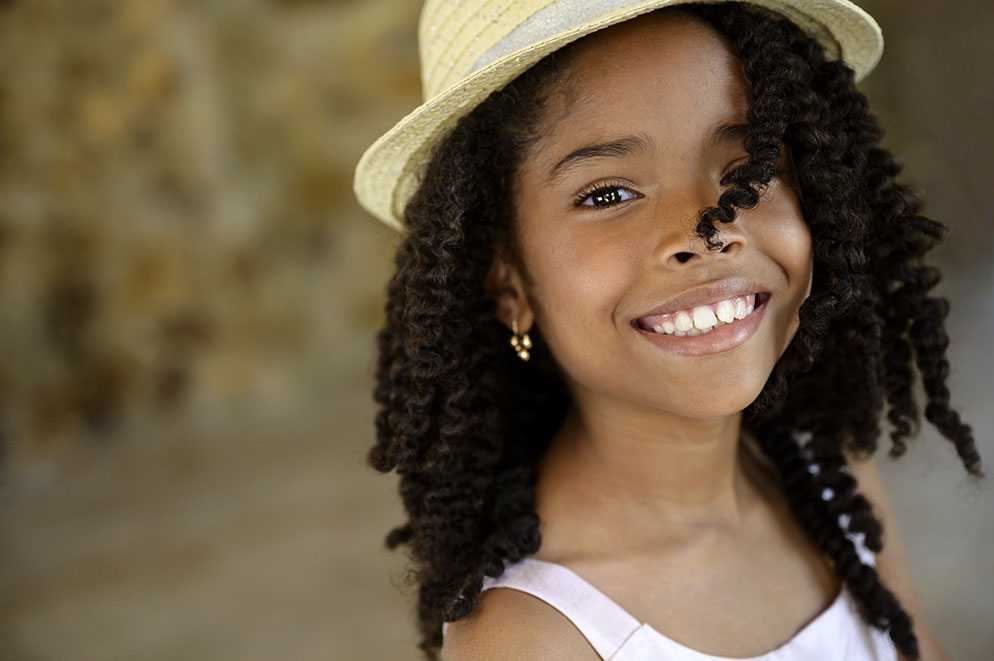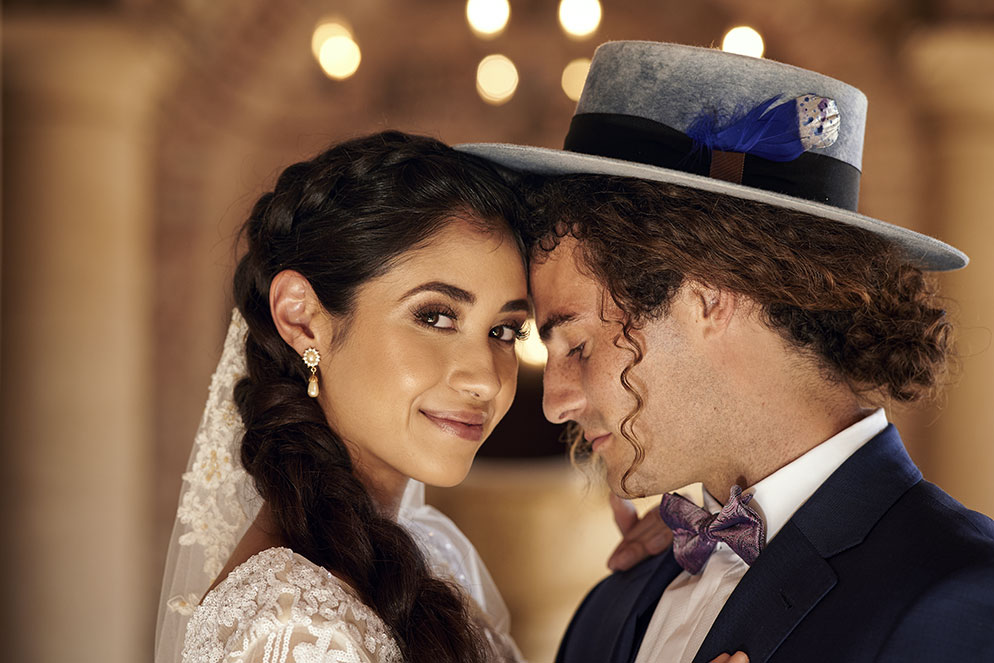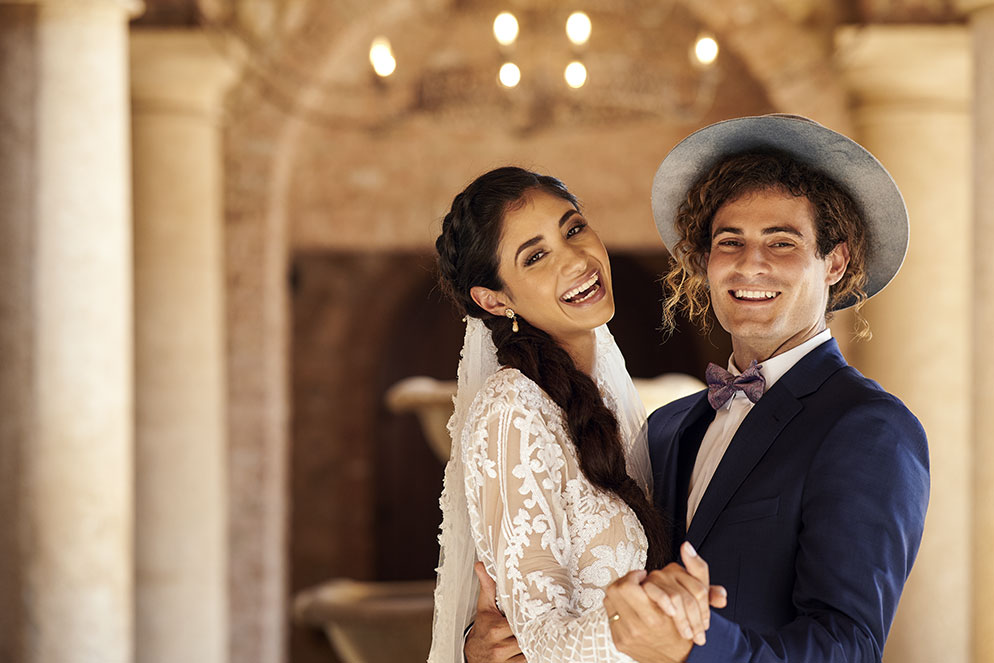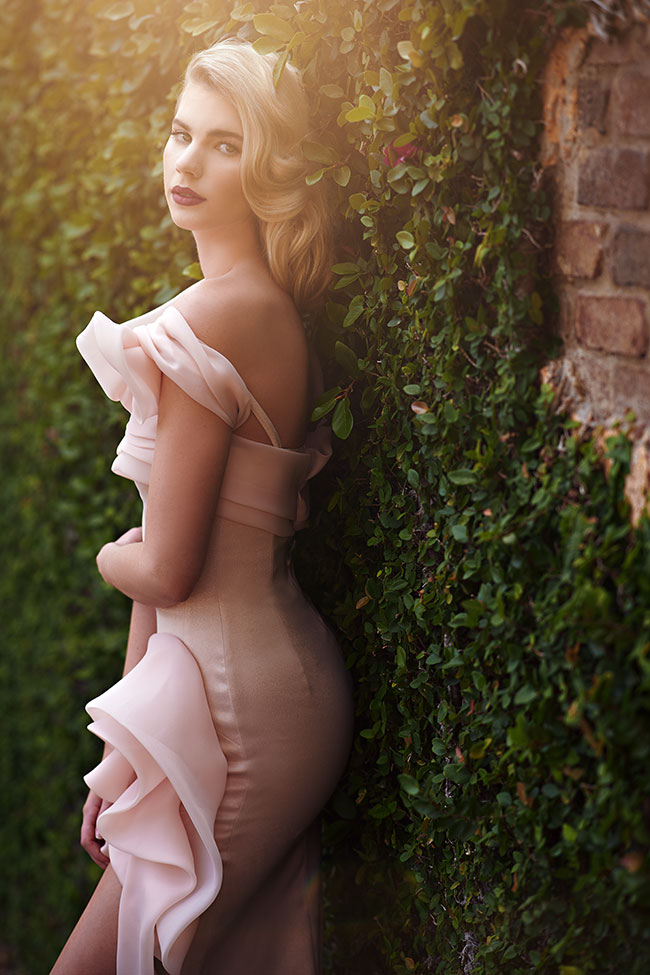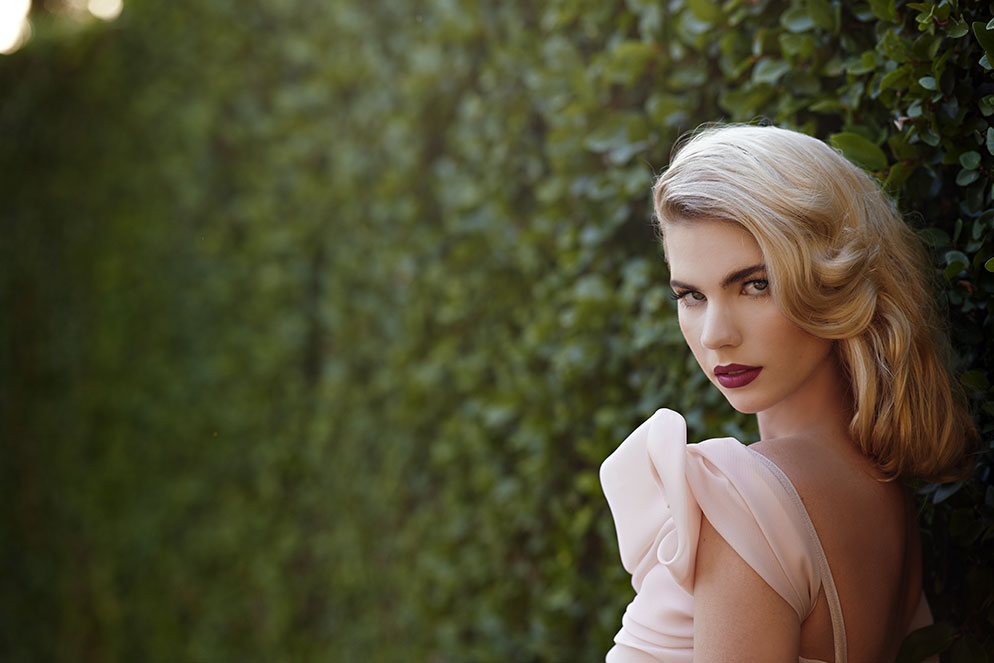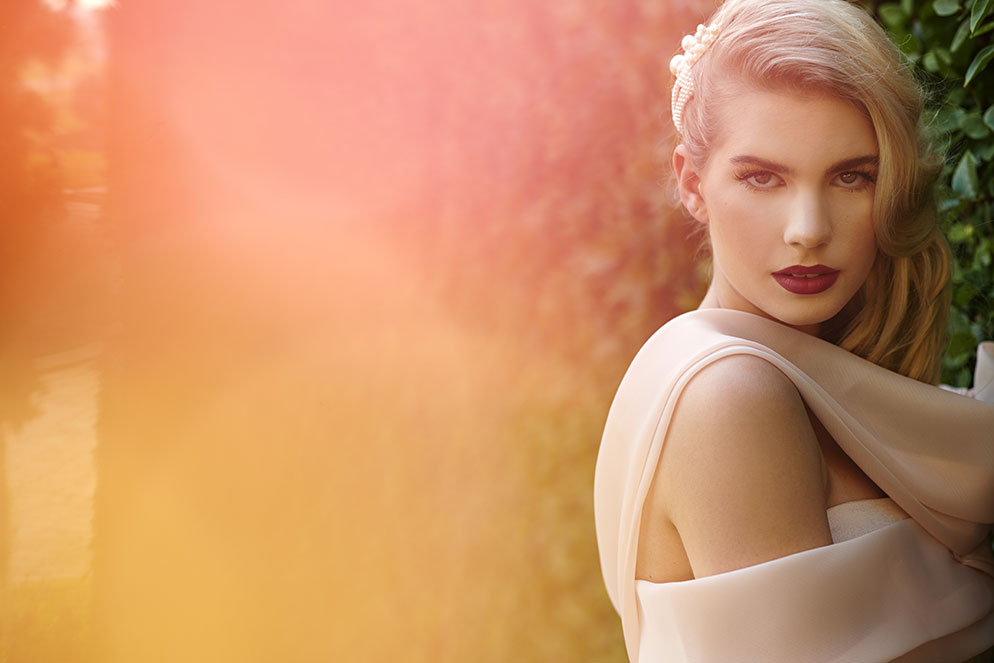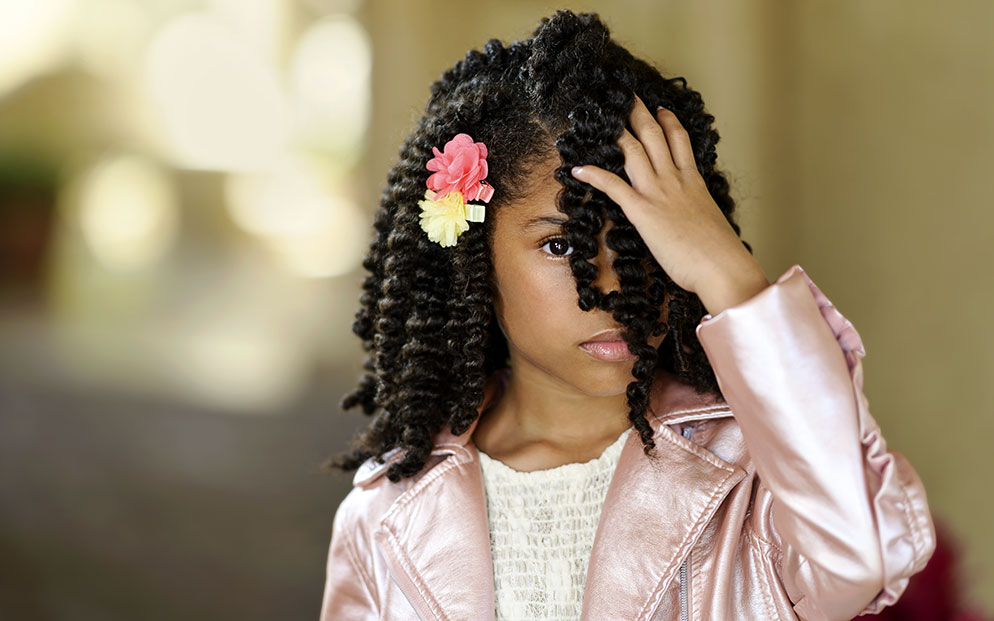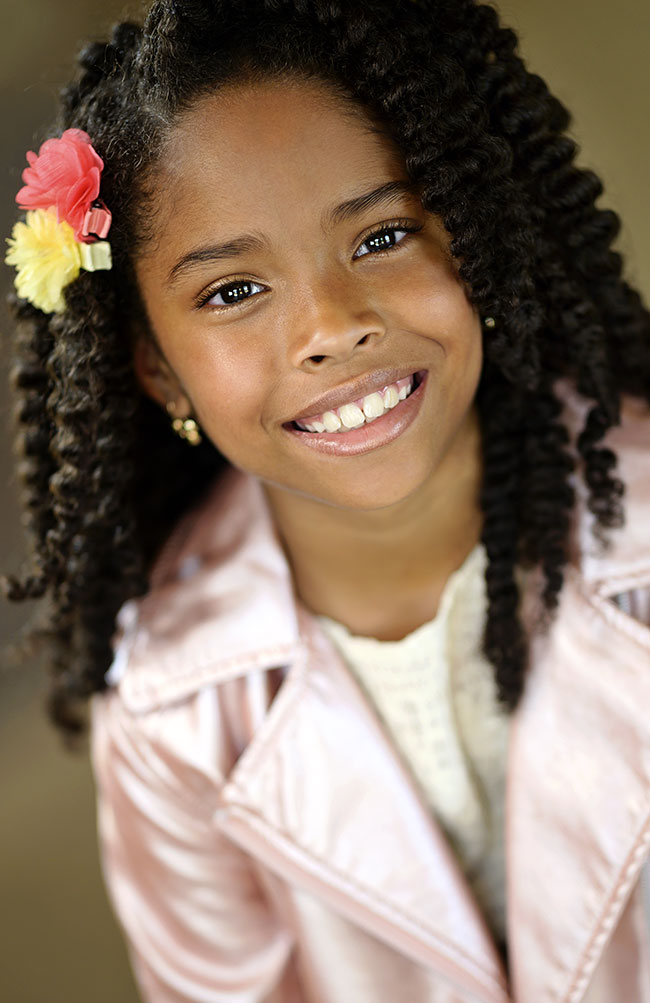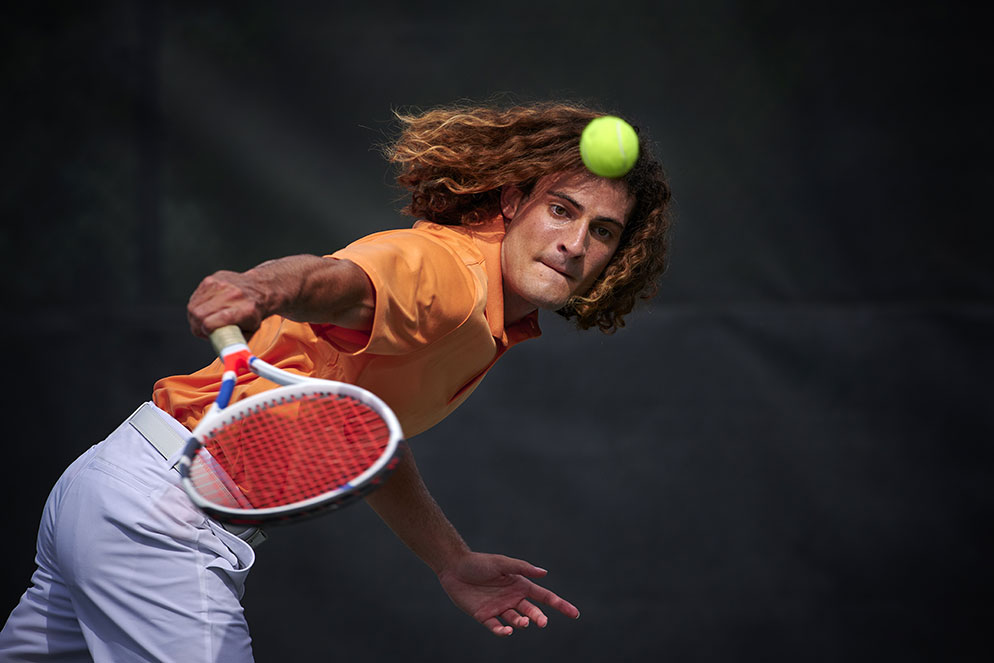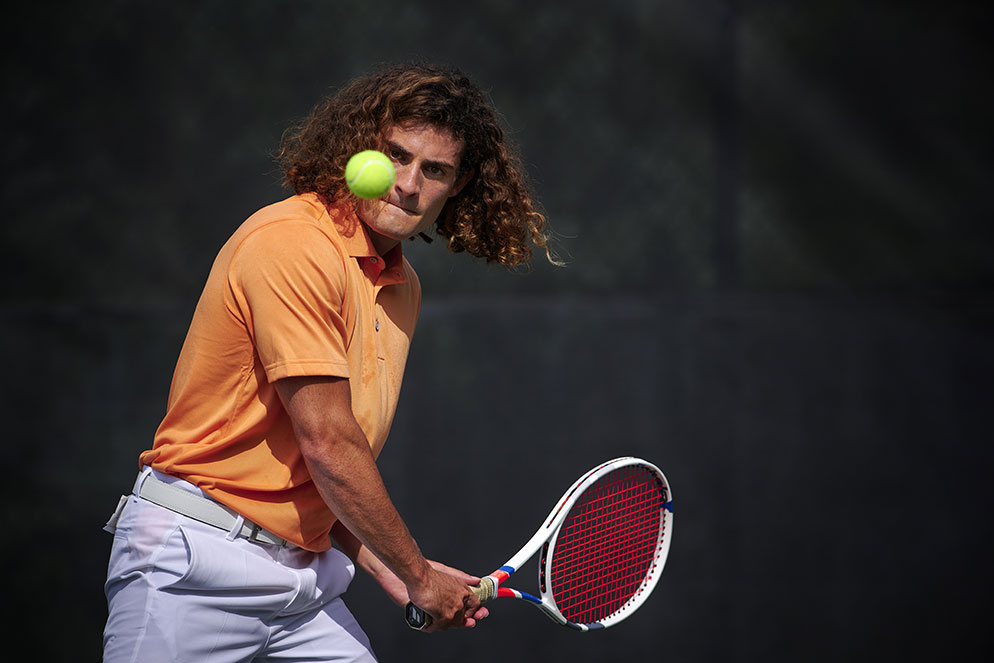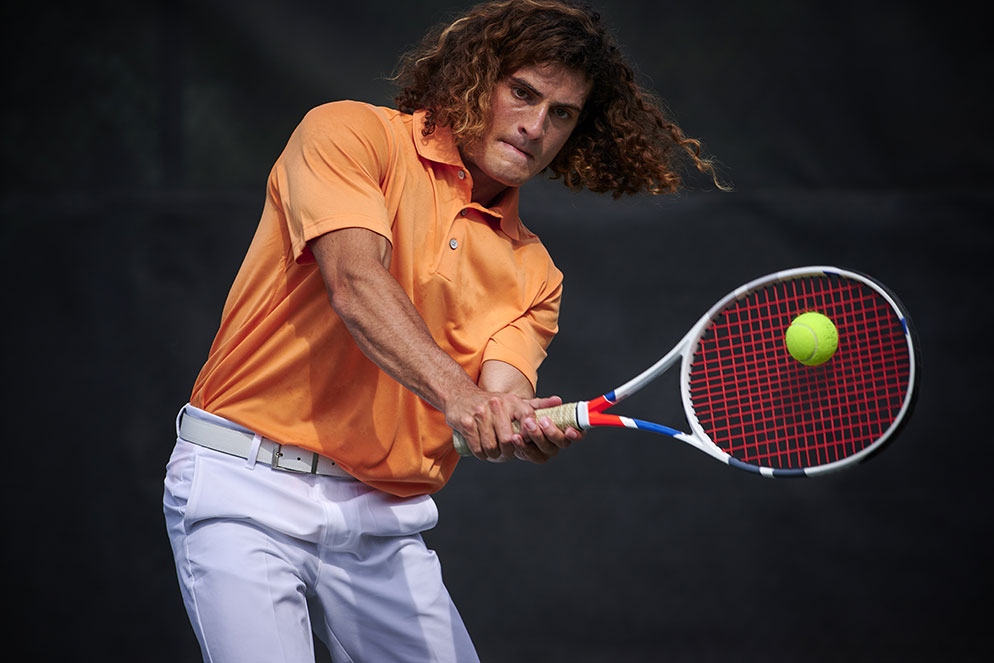Eye to Z: Eye AF Now Available for Z Cameras
And Three Nikon Ambassadors Put It to Real-World Tests
Z Series Firmware Update Has Arrived - Watch to see first impressions of the new Eye AF, available in the Z series firmware update 2.0.
There's one thing we've all been told and taught when it comes to photographing people: if our subject's eyes aren't in focus, the shot doesn't work. No matter if it's a spontaneous moment, an informal portrait or a carefully posed subject, a sharp eye is essential.
So, imagine this: you adjust a few settings on your Z series camera, lift the camera to your eye and see that the camera's autofocus is locked onto the eye of your subject—and that focus stays locked on as you take your shots, no matter if you're moving or your subject is. Not only that, but if there's a momentary loss of the camera's line of sight to the person's eye, the camera will stay locked on even though your subject's face or eye is partially or temporarily obstructed.
You don't have to imagine it—it's real. All Z series cameras coming to market right now have that capability built-in. It's called Eye-Detection AF; Eye AF for short. And If you already own a Z 6 or Z 7 that didn't come with Eye AF, a free firmware update will add it to your camera.
To find out how this cool technology translates into real-world image-making, we spoke with three Nikon Ambassadors who discovered and demonstrated the capabilities of Eye AF in a fast-paced video presentation.
Dixie Dixon: Connection
"When I'm shooting, I'm constantly moving the focus point to the eyes," Dixie says. "I use single point autofocus and move it around as the model moves—it's a lot of work to do that, and I've gotten really good at it, but with Eye AF...well, it almost makes it too easy. I hold up the camera, it locks on and I see the focus follow the person's eye. It's incredible, and I was blown away by how accurate it is."
Eye AF is going to heighten both her connection to and communication with her subject. "That's what I noticed the most—I'm not so worried about keeping focus on the eye, so I'm free to focus on my connection with the person...that's what I love about photography, that connection you can get, and now I can capture really candid moments because [the camera] automatically focuses on the eyes."
And when you work with more than one model, as she did in the wedding setup for our video, the subjects can interact spontaneously. "I could toggle between them to get their reactions," Dixie says. "it's a super-quick switch from one to the other."
Eye AF also fit right in with Dixie's liking for controlling backgrounds. "A lot of my shots are at f/2, really wide open, and I don't get a lot of leeway, so it's pretty incredible to get that sharpness in the eyes and also get soft, non-distracting backgrounds."
Tamara Lackey: Expression
Most of Tamara's shooting is what she calls "high movement," whether it's present in kids' lifestyle and portrait sessions or photography for a project she's working on at any moment. For that, she says, "everything we're doing is fast, and it's great being able to switch to [Eye AF] and capture really strong expressions in the midst of a lot going on."
Expressions are the signature element of Tamara's photographs, and not just any expressions. "I really care about genuine expressions," she says, "and a genuine expression doesn't have to be wildly dramatic—it's just that I'm not going to settle for a cheesy look, for a preconditioned smile that you've given a million times and that doesn't mean anything. My goal is to photograph something meaningful while dealing with all the things I have to think about: the interaction with my subject, the lighting, the background, the foreground, the camera settings—I shoot everything in manual—and then the things I have to start thinking about the moment there's an added challenge—like having a kid who doesn't want to be there. And all the while I'm trying to be genuinely responsive to the moment and the individual. And I get it all together, all perfect, and then a gust of wind blows hair in and out of someone's eyes and I lose focus and lose that shot. That's why it's great having a tool like Eye AF. It doesn't mean the rest of my job is now easy, but it helps me cure one thing a little better than I would have been able to have done in the past."
Joey Terrill: Action
You might consider Joey a "people in a variety of environments" photographer, and Eye AF is going to play a part in all those environments in both obvious and subtle ways.
"I'm called on to do action shots from time to time," he says, "but one of the things that's amazing to me about Eye AF is what it'll mean when I’m shooting a portrait of somebody where they're just sort of shifting slightly side to side, or I'm shifting side to side."
Joey has always favored using a single focus point, and he would keep it centered on his subject's eye. "If I wanted to keep that eye in perfect focus I had to compose the picture around the autofocus point or move the focus point. Now with Eye AF, I can keep the composition however I want it, and if I shift or the person shifts, the focus point moves with him, which is an entirely different way of shooting. I can let him move a bit, the focus point tracks him, and I can maintain my contact with him and concentrate on getting the moment as opposed to making sure that the focus point stays on the eye. The camera is now taking care of that for me."
In the action photos he shot for the promo video, the benefit was even more pronounced. "It was important for me to be able to concentrate on him—what he's doing, what he's about to do, how his face is positioned in the composition. It comes to this: I do my job as a photographer and let the camera take care of the technical part of maintaining focus; all my attention is on what the subject is doing."

